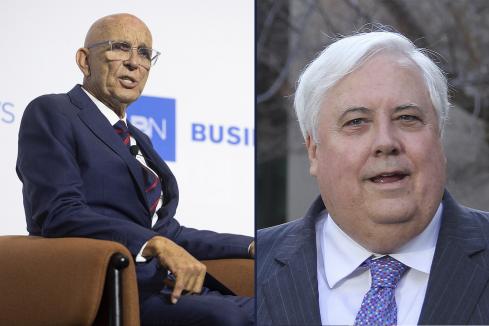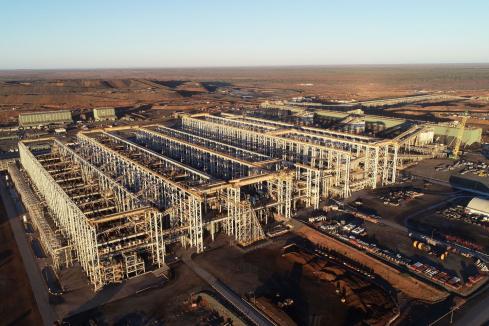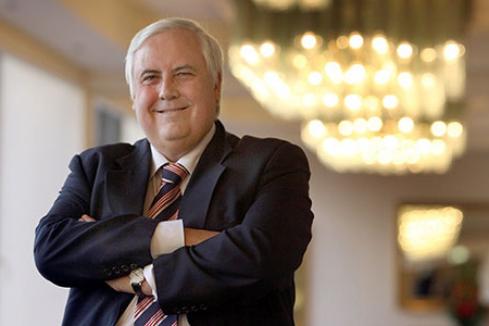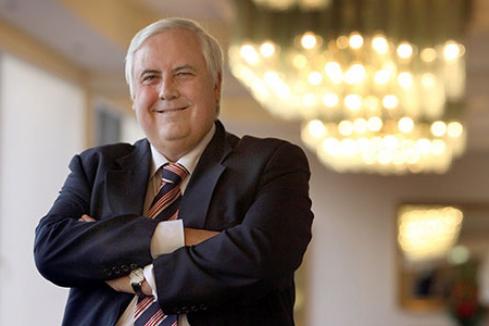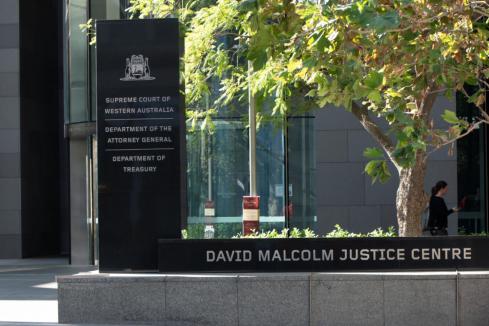Big-spending Clive Palmer can go on to play a much bigger role in political outcomes.

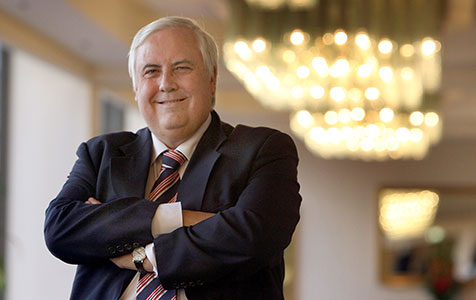
Big-spending Clive Palmer can go on to play a much bigger role in political outcomes.
Contrary to what some may believe, Queensland political kingmaker Clive Palmer is not the first powerbroker to have a political party carrying his surname.
Nor, for that matter, was fellow Queenslander Pauline Hanson, whose step into politics gave rise to Pauline Hanson’s One Nation.
The last time Australia had a larger-than-life politician in the House of Representatives, like Mr Palmer now, was the legendary John Thomas Lang (1876-1975), better known as “Jack”, “The Big Fella”, or just plain “JT Lang”.
He headed a New South Wales Labor Party splinter group called “Lang Labor”.
Like Mr Palmer with Palmer United Party (PUP), Mr Lang invariably had the final say in how Lang Labor was run.
Multi-millionaire Mr Palmer had Queensland politicians singing his tunes for many years because he was a major donor to the Sir Joh Bjelke-Petersen-dominated National Party, now the Liberal National Party.
But the current Queensland Premier Campbell Newman, a former military man who prefers giving, not taking, orders, appeared.
So Mr Palmer walked off and created PUP as a national entity.
Although registering a name carrying the word “party” it’s not altogether clear if PUP is a party.
I suspect it’s more accurate to regard it as the political or negotiating arm of Mr Palmer’s corporate empire, where his election eve whims and hunches, rather than clearly defined policies, prevail.
Mr Palmer predominantly bankrolls PUP. And his outlays are not modest.
According to pundits, in this month’s Western Australian re-run Senate campaign Mr Palmer outlaid about $5 million, which far exceeded what all other contenders together spent.
That catapulted Dio Wang into the coming Senate to join two other PUP senators-elect and Mr Palmer as Fairfax’s MHR.
If that’s repeated in 2016, PUP will have six senators so would be virtually guaranteed to dominate all legislative programs until the end of the decade.
PUP therefore should not be viewed as a flash-in-the-pan phenomenon.
It may well be with us far longer than most expected just a year ago.
Furthermore, only Mr Palmer decides – perhaps dictates is a more appropriate term – what PUP promotes and opposes.
And he decides who PUP candidates will be.
But back to “the Big Fella” since there may be other lessons there for Mr Palmer and PUP.
Things had gone well for Mr Lang as Labor premier between 1925-27 and again in 1930-32.
But in the latter year he came unstuck when he was dismissed as premier by NSW governor Sir Philip Game over public finance issues, somewhat akin to problems another Sydney Labor MP, Prime Minister Gough Whitlam, struck in Canberra, in 1975.
As with the Palmer-Newman rift, Mr Lang also never faded away.
Far from it.
He remained 0pposition leader until 1939 and, like Mr Palmer now, in 1946 emerged as a member of the House of Representatives.
But he only held the seat of Reid once, losing at the 1949 Menzies Liberal landslide election.
Interestingly, some are already warning that Mr Palmer may be treading this very same path in Fairfax.
There are already rumblings across Fairfax that Mr Palmer is not looking after his lower house seat.
Last week one-time federal Treasury secretary and subsequently a Nationals senator, WA-born John Stone, who unsuccessfully ran for Fairfax in 1990, issued a warning, saying Mr Palmer may also be a “oncer”, like Mr Lang.
According to Mr Stone, Mr Palmer should spend more time in Fairfax.
Furthermore, Mr Palmer’s attendance in Parliament is not exactly brilliant.
“It (Fairfax) is essentially a Liberal Party seat and if they put up a decent candidate … at the next election, I think Mr Palmer will find it difficult to retain,’’ Mr Stone said.
“He just won it this time. They (Liberals) were quite unprepared for his onslaught … they took the seat for granted and he showed them they were wrong.
“They won’t take it for granted next time.’’
What did Mr Lang do after he was ousted from Canberra politics?
At the 1951 double dissolution election Lang made another Canberra bid, but this time to become a NSW senator.
But he failed to attract the needed numbers.
Only then did he, at the age of 75, call it quits with parliamentary life and its intrigues.
So, the last laugh could be Mr Palmer’s because if he suspects during 2016 that he’s on the road to losing Fairfax nothing will stop him repeating Mr Lang’s 1951 manoeuvre; namely, nominating for the Senate where he would have a far greater chance of remaining a Canberra kingmaker.
My guess is he would do precisely that.
Being a senator is far less electorally onerous than being an MHR.
And if he wins and gets another two PUPs into that chamber as at last year’s contest then he, at the head of a six-member PUP team, could really set about calling all the shots he decides need firing, whichever way and when.
As that Randy Bachman song, goes: “You ain’t seen nothin’ yet.”





